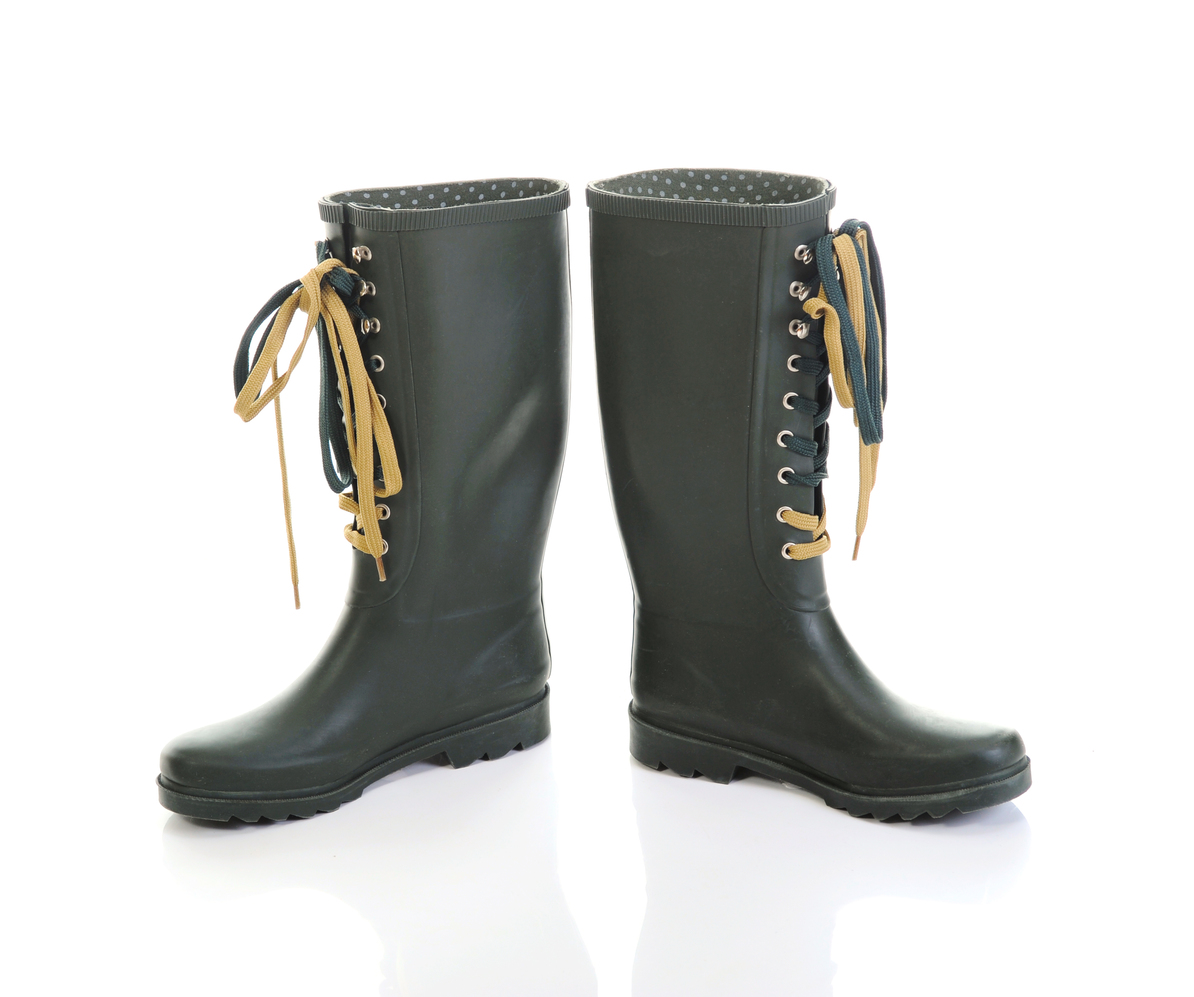Rubber is one of the many things we take for granted in our modern world. We use it for so many things, from tires to erasers to tubing and rain boots. But every one of those things had to start somewhere. And since rubber originally came from trees in the Amazon, it was the people there, back to the Aztecs and Mayans, who first discovered many of rubber’s properties and uses.
Here are five ways rubber has gone on to change the world:
1. Waterproofing
Indigenous people in South America were already wearing rubber footwear for its waterproof qualities. In a tropical climate, and especially in a rainforest, waterproof footwear is a big plus.
Once Europeans got their hands on the stuff, the result was the modern rain boot, which first emerged in New England (another place where waterproof shoes are a big deal). Then came the famous macintosh, a waterproof coat produced in Britain and named for one of its creators.
2. Sports
The Mayans and Aztecs were first to this one, too. Archaeologists have found the first ball courts and even early rubber balls used for games and sports. Today, balls for many of the world’s most popular sports use rubber in their construction, including baseballs, soccer balls, and tennis balls. Even golf balls have rubber in them, not to mention the classic playground ball.
3. Transportation
Once rubber hit transportation, things really boomed. The discovery of vulcanization to make rubber hardy enough for significant wear helped make the leap to using rubber for tires. Rubber tires came to bicycles first, and then were adapted for automobiles. The modern auto industries simply would not be what they are today if it weren’t for rubber tires.
Air travel wouldn’t be quite the same either, since it’s the highly durable rubber tires that planes and jets land on every time they hit the runway.
As if that weren’t enough, rubber is now incorporated into asphalt to improve road quality. The result is a road surface that’s less prone to skidding, lasts longer without cracking, and even makes the ride quieter.
4. Waste
Unfortunately, the explosion in tire production, as great as it has been for the transportation industries, has created incredible amounts of waste. In the United States alone, almost 300 million tires are discarded every year. Too many end up in landfills, where they pose toxic hazards, are extremely slow to degrade, provide homes for pests and disease-carrying mosquitos, and pose fire risks as well.
5. Recycling
Thankfully, developers have been hard at work to create new ways to reuse and recycle discarded tires. Millions of tires a year make it to recycling centers, where they are shredded in various sizes depending on where they’re going to end up. Rubber mulch goes on to create safe surfaces for playgrounds, athletic tracks, and even horse stalls.
Recycled rubber is gradually making its way into more and more places in our everyday lives—and changing the world for the better.
